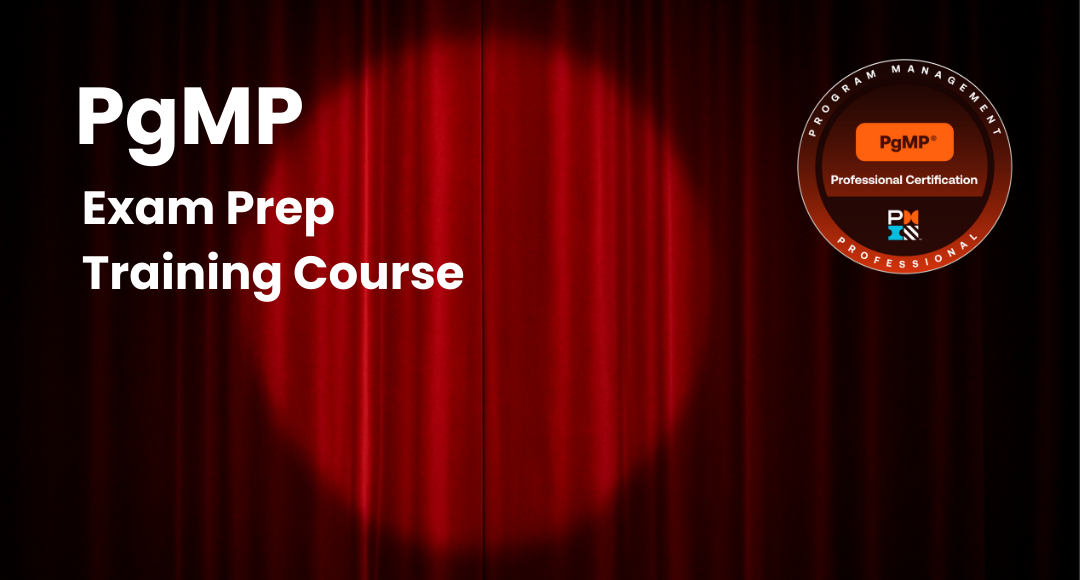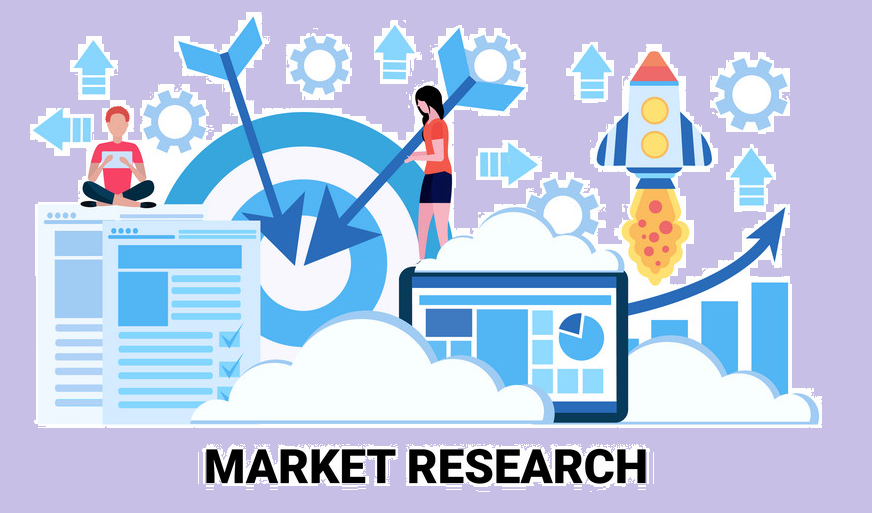Agile Prioritization Techniques Explained
-
 By Niveditha P
By Niveditha P - Published on May 9 2023

Table of Contents
Introduction to Agile
In the early 2000s, a fraternity of software industry directors met in Snowbird, Utah, to introduce something new into the industry. And the term agile software development was coined. The main motive was to make things more flexible for software development and to act as a cover for the new methodologies.
Agile stands for its own various sets of frameworks, from management to modeling. Agile has its sights set on developing and embracing software methodologies and techniques.
When we consider our goals, we make sure that from start to finish, we plan and then demonstrate them in a proper way. When it comes to arranging things, it is essential to understand and take further steps. This is the topic that we are going to discuss.
Priorities in life and business play an important role. Sorting priorities in life and development is a must-do activity. What is the task of priority in agile project management? Let's learn in detail.
What is the Agile Prioritization Technique?
Agile is an iterative approach to project management and software development. That helps teams deliver faster and better value to customers. And prioritization is set to provide work for the agile team.
Let us understand the agile prioritization process in detail.
What is Agile Prioritization Process?
Prioritization is a process by which a set of items is aligned in terms of importance. The main purpose of prioritization is to allocate resources to important agile projects. It focuses on where and how to assign resources and start the work.
Setting priority is very important in project management. Prioritization techniques in agile involve four levels of priority to solve problems.

- Urgent-Issues that need to be taken care of urgently, like a substantial loss, corruption in an essential part of the system, or issues faced by customers, have to be addressed urgently.
- High-Issues faced in the production system, functions within the system disabled, or facing the loss of service when using the development system are considered high.
- Medium-Issues that are partial or non-critical and will not affect the usability of the software
- Low-issues like general information requests or usage of configurations are considered low.
The main goal of agile prioritization is to accomplish the work and deliver maximum business value on time.
While considering prioritization techniques, it becomes important to understand and analyse the guidelines. Let us understand some of the criteria in a general way.
- Simplicity: Simplest of techniques helps prioritise faster.
- Data-driven prioritization: It mainly focuses on combining agile principles and data-driven outcomes, aligning and setting important work for the agile teams.
- Feasibility: prioritization makes important and complicated tasks seem easier for agile teams. By analyzing the technicality and managing the project to go in the right direction.
Read more about the Agile manifesto from Sprintzeal.
What is the Importance of Agile Prioritization?
Establishing priorities is necessary because it's important to give attention to the main tasks. Later, you can focus on lower-priority tasks.
In agile, prioritization acts to decide in what order the agile team should work. The prioritization process helps the agile team consider the necessary features to create customer value. It also makes sure that teams work simultaneously in analyzing project requirements.
Prioritization is important to organisations because it helps in:
-Increasing the success rates of strategic projects.
-Increases focus of senior management teams around strategic goals.
-Doubts are cleared for the operational teams in terms of facing decisions.
-And importantly builds an execution mindset and heritage.
Strategy is one of the key aspects of prioritization. Agile prioritization involves strategies for accomplishing tasks through planning, estimating, and allocating time and work. So the value of work will be increased in a short amount of time.
Prioritization involves important requirements to assist the agile team in their tasks. It manages to provide the needed requirements and resources. Prioritization is an essential mechanism of agile development. That maximizes the value and the needs to be delivered to the clients and assists with the changing requirements.
List of Agile Prioritization Techniques
The agile prioritization technique contains models for the development of a product. Let us understand each technique in detail.

Kano model
The Kano model was introduced by Prof. Noriaki Kano in the 1980s. Kano model is a theory that’s mainly used for product development and customer satisfaction.
In agile product development, prioritization technique considers product feedback from users. Where the feedback will be used to assess the features and prioritize the essentials for the development of a product.
Kano model is categorized based on user satisfaction and has two main levels, namely,
- Satisfaction: It depends on the must-have features to make the customer delighted.
- Dissatisfaction: It considers the feedback and disappointment from the customers.
The model also considers two important factors that have an impact on customer satisfaction. The first main factor is feasibility, where the level of prioritization and the degree of implementation have an impact on satisfaction. The second factor focuses on the basic level of customer satisfaction. As some features lead to a basic level of needs to be fulfilled while others create more, where the motive becomes higher the implementation – greater the level of satisfaction.
MoSCoW Model
An expert from the software company Oracle, named Dai Clegg, invented the method MoSCoW. The method describes each requirement and makes it easier to prioritize.
MoSCoW model theory says that "prioritization technique used in management, business analysis, project management, and software development to have a common understanding with the stakeholders on the importance they place on the delivery of each requirement."
MoSCoW agile technique represents four categories of initiatives,
- Must-have: Mo in the name stands for must be. Where it says to give the most priority to the most needed necessities.
- Should-have: the S in the name stands for should have. Where it features only the requirements that are highly needed or not that critical.
- Could-have: the C in the name stands for could have. where priority is given to the requirement that will be good to have, or vice-versa.
- Wont-have: the W stands for won't or will not have. That means not having any requirements that will not work at that point in time.
MoSCoW models help prioritize the important aspects in the first place. Where even agile product development considers the same as its main objective. So the theory tells us to consider the product requirements under M and S. And not feature any products under C and W as they don’t contain any priority and are the delayed versions for you to work on.
Learn more about agile management techniques, become a Leading SAFe® Agilist, and get certified.
Opportunity Scoring
Opportunity scoring is a highly effective prioritization technique that can be used by any organization while developing agile products.
This agile prioritization method uses data from user research to learn about the expectations of the product that the user needs. It will be helpful to shape the product as per the user’s choice and solve the problems quickly according to user expectations.
Based on the feedback of the customers, representing low and high satisfaction, there will be opportunities to analyse the product. Where it will result in improving and featuring a better product for the customers.
Stack Ranking
Stacking is necessary from programming to management. In the agile prioritization technique, stack ranking is one of the best methods to use when rating product features and the ones that aren’t needed. And the catch in stack ranking is that one needs to determine and prioritize by comparing the features of products.
The main objective of this method is to understand the customer’s expectations of the product. Where analysis of customer needs will help the agile team prioritize and give better outcomes to the product.
Stack ranking is a product backlog prioritization technique that simplifies the process and provides a more accurate product to the customer. And one of the best applications of stack ranking is that it can be used in all kinds of products for development.
Priority Poker
Priority poker is a variation of planning poker; it was developed by James Grenning in 2002. Priority poker is a quick and easy design game for collectively prioritizing items. It features goals, business objectives, usability issues, requirements, bugs, and any other things.
Priority poker in the agile prioritization technique is derived from actual game cards. For example, when you are playing poker, it is essential to prioritize the calculations and get things done right, which will result in a good outcome. Similarly, when playing priority poker in agile product development, one should prioritize the product that will lead to a massive victory in the market.
In priority planning, all the agile team members should be involved and should equally contribute to the prioritization process by removing bias. So when making a decision, not only the team but also the stakeholders need to be involved. With the presence of the end-users (stakeholders) the outcome will be much more effective.
Cost of Delay
In general, in project management, to calculate the cost of delay, one needs to simply estimate the value, a specific product would bring after launch. Cost delay is a key metric in management, because it combines urgency and value. Where it is used to understand the difference between not only how valuable the asset is and also how urgent it is to verify that.
Cost delay is one of the backlog prioritization techniques, that acts as a model to determine the amount of money that is at stake if some features are not available.
Here, the main focus is on the profit and loss happening in the company. So it becomes important to plan the budget and use the money precisely. By using a prioritization strategy, the result would be financially and passionately justified.
100 Dollar Test
In this method of agile prioritization, participants assign relative value to a list of items by sending an imaginary $100 together. Here, to grab audience attention they use the concept of cash, as it grabs the attention of participants and makes them more engaged than an arbitrary point or ranking system.
This prioritization method can be used to prioritize items in a group environment. For example, this method can be combined with the MoSCoW model,
- If the requirement or the products receive more profit, like $800 in total: Must-have (Mo).
- If the product will receive between $300 and $400 in total: Should-have(S).
- If the requirement is between $100 and $200 in total: Could-have (Co).
- If the requirement is between $100 and less in total: Wont-have (W).
This method shows how the market works and, in certain situations, how to handle the stakeholders. As it is important to understand the results and then make the required tuning through discussion.
Relative Weighting method
The relative weighting method is an agile prioritization matrix technique that considers the value and cost of a job. It intends to provide a priority order based on a weighted score between the two, i.e., value and cost.
Here, value is determined through benefits, and each organization may choose a theme that will be suitable for them to weigh. And the cost is determined by estimating the Fibonacci number based on a relative proxy for how long the job may take to develop.
RICE Method
RICE model is a prioritization framework designed to help product managers determine which products, features, and other initiatives to put on their roadmaps by ranking these items according to four factors.
The four main factors come from the acronym RICE:
Reach: The first factor in RICE prioritisation is to estimate the reach. That is, calculate in the given timeframe how many people the product or the requirement will reach.
Impact: This factor depends on how many people will encounter the project. Where it is important to reach the audience and get feedback on the product. The main objective is customer satisfaction.
Confidence: The confidence factor in RICE controls the data about how projects score in the market. Because confidence is what keeps the agile team going, if the score or ranking of the project increases, the team will be more optimistic about working.
Effort: All the other factors in RICE act as numerators, and effort represents the denominator. In other words, a project takes a certain amount of time to complete, and the efforts put in by team members for its creation are what make a massive impact.
In this method, the agile prioritization technique explains how important it is to manage the project from start to finish. From building confidence to putting in the effort, priorities need to be maintained.
Read in detail about Agile Project Management.
Conclusion
Overall, the agile prioritization technique teaches us to embrace and understand the necessities of a project. In each stage of the project, it becomes important to analyze what the customers (stakeholders) need. Prioritizing is not only the main objective of the project but also a way to accomplish the task in the given time to get better results and achieve the set goal.
The agile prioritization technique is a planning part of agile project management. Learn in detail about project management and get certified by PMI with Sprintzeal.
To get full details about Agile training courses offered by Sprintzeal and top Agile certifications, reach out to us at Click Here or chat with a course expert.
Subscribe to our Newsletters
Popular Programs
PSM® - Professional Scrum Master Certification
Live Virtual Training
- 4 (75 + Ratings)
- 47k + Learners
Trending Posts
Scrum of Scrums Guide
Last updated on Jun 27 2023
Scrum Workflow - A Step by Step Guide
Last updated on Sep 29 2022
Agile Environment Guide
Last updated on Dec 28 2023
CSM vs. PSM - Which Scrum Certification is Better?
Last updated on Mar 14 2023
Agile Project Management Explained
Last updated on Mar 20 2023
Devops Tools Usage, and Benefits of Development Operations & VSTS
Last updated on Oct 18 2022
Categories
- Other 69
- Agile Management 47
- Cloud Computing 56
- Project Management 173
- Big Data 66
- Business Management 88
- Digital Marketing 78
- IT Service Management 29
- Programming Language 58
- AI and Machine Learning 77
- IT Security 112
- Quality Management 78
- IT Hardware and Networking 26
- Microsoft Program 4
- Workplace Skill Building 13
- Risk Management 9
- Information Security 8
- Leadership and Management 9
- Corporate Training and Development 1
Trending Now
List Of Traits An Effective Agile Scrum Master Must Possess
ArticleDevOps Vs Agile Differences Explained
ArticleDevops Tools Usage, and Benefits of Development Operations & VSTS
ArticleAgile Scrum Methodology - Benefits, Framework and Activities Explained
ArticleGuide to Agile Project Management 2026
Article10 best practices for effective DevOps in 2026
ArticleGuide to Becoming a Certified Scrum Master in 2026
ArticleWhy Should You Consider Getting a Scrum Master Certification?
ArticleCSM vs CSPO: Which Certification is Right for You?
ArticleAgile Manifesto - Principles, Values and Benefits
ArticleAgile Methodology Explained in Detail
ArticleAgile Project Management Explained
ArticleEverything about Scrum Methodology
ArticleLatest Agile Interview Questions and Answers To Look For In 2026
ArticleScrum Interview Questions and Answers 2026
ArticleTop Scrum Master Responsibilities 2026 (Updated)
ArticleScrum vs Safe – Differences Explained
ArticleCSM vs. PSM - Which Scrum Certification is Better?
ArticleSAFe Implementation Roadmap Guide
ArticleAgile Release Plan Guide
ArticleAgile Environment Guide
ArticleAgile Coaching Guide - Best Skills for Agile Coaches
ArticleAgile Principles Guide
ArticleSAFe Certifications List - Best of 2026
ArticleScrum Ceremonies Guide
ArticleProduct Owner Certifications List
ArticleScrum of Scrums Guide
ArticleBusiness Agility Guide - Importance, Benefits and Tips
ArticleStakeholder Engagement Levels Guide
ArticleScrum Master Career Path Explained
ArticleScrum Career Path Explained
ArticleScrum Workflow - A Step by Step Guide
ArticleA guide to Agility in cloud computing
ebookProduct Roadmap: An Ultimate Guide to Successful Planning and Implementation
ArticleProduct Life Cycle in Marketing: Essential Strategies for Product’s Success
ArticleProduct Life Cycle Strategies: Key to Maximizing Product Efficiency
ArticleScrum Master Salary Trends in 2026
ArticleProduct Life Cycle Model: A Guide to Understanding Your Product's Success
ArticleWhat is a Product Owner - Role, Objectives and Importance Explained
ArticleSuccessful Product Strategies for Introduction Stage of Product Life Cycle
ArticleUnlocking Career Opportunities in Product Management: Your Roadmap to Success
ArticleSaturation Stage of Product Life Cycle: Complete Guide
ArticleEssential Tools for Agile Project Management 2026
ArticleImportance of Procurement Management Software in Modern Business
ArticleAI’s Hidden Decay: How to Measure and Mitigate Algorithmic Change
Article5 Best Custom Packaging Suppliers Compared (MOQ, Cost, Lead Time)
Article
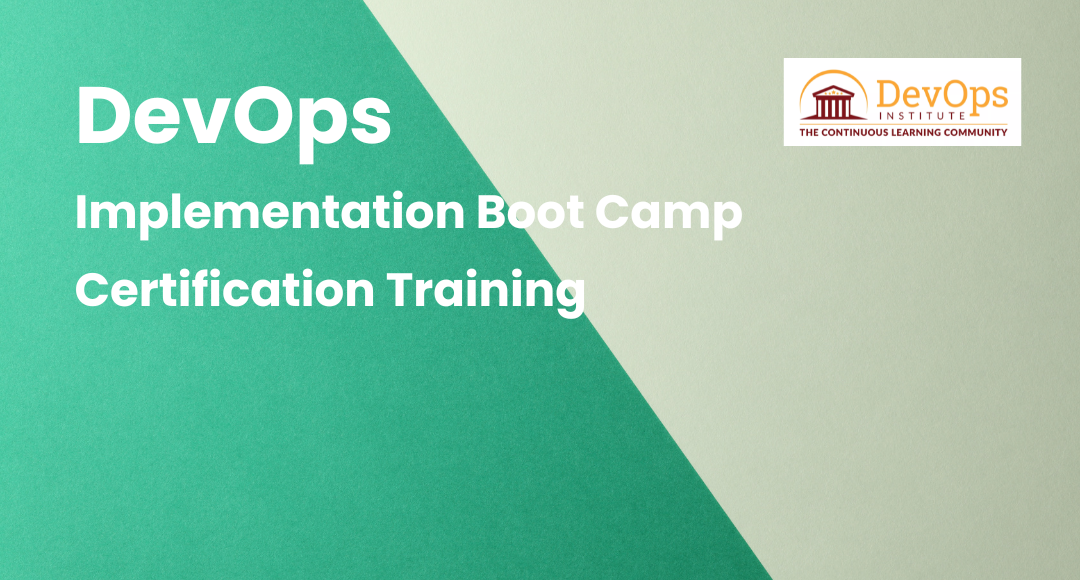


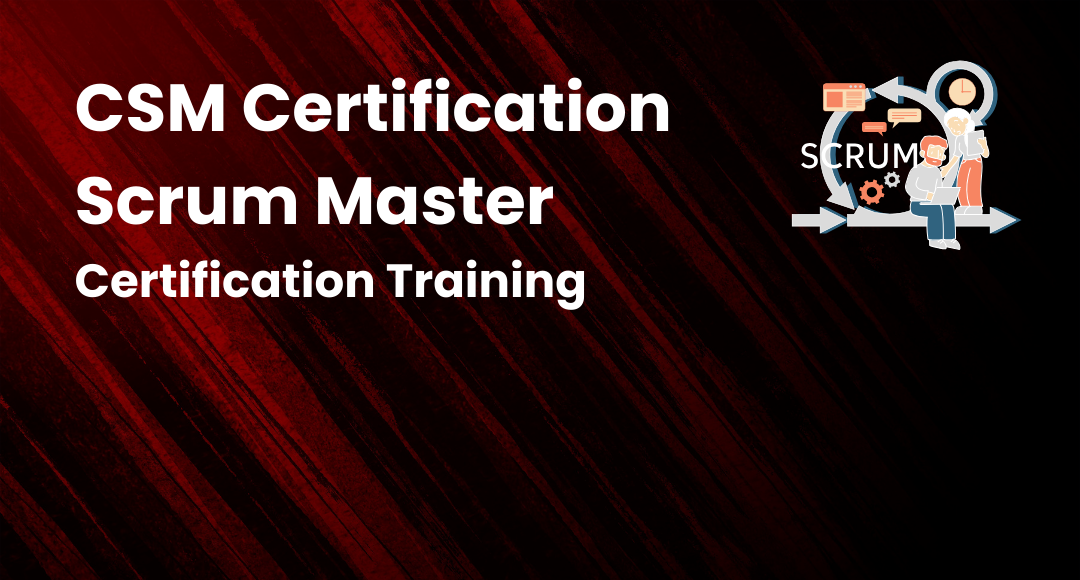
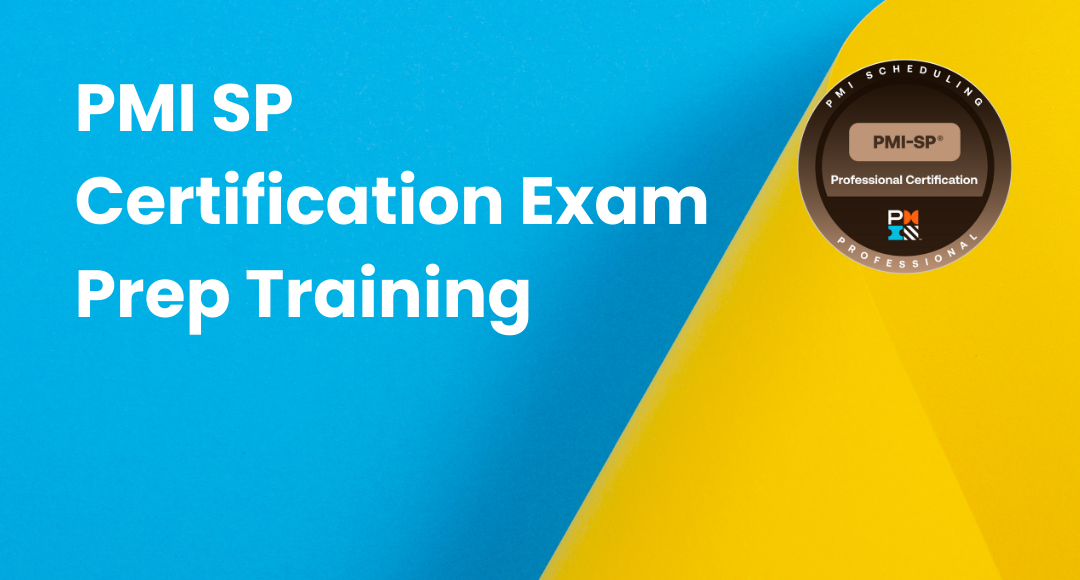

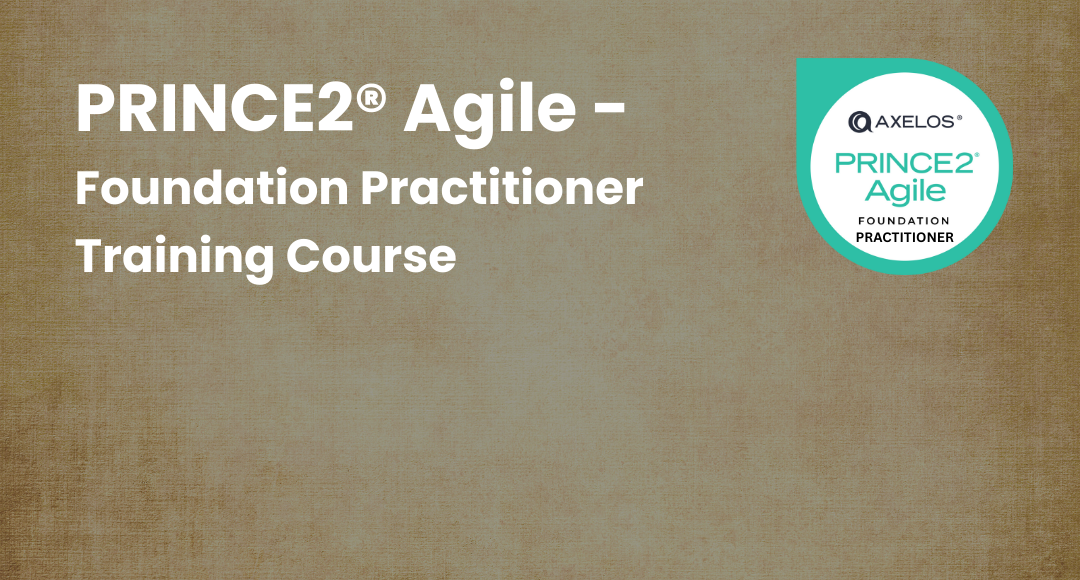
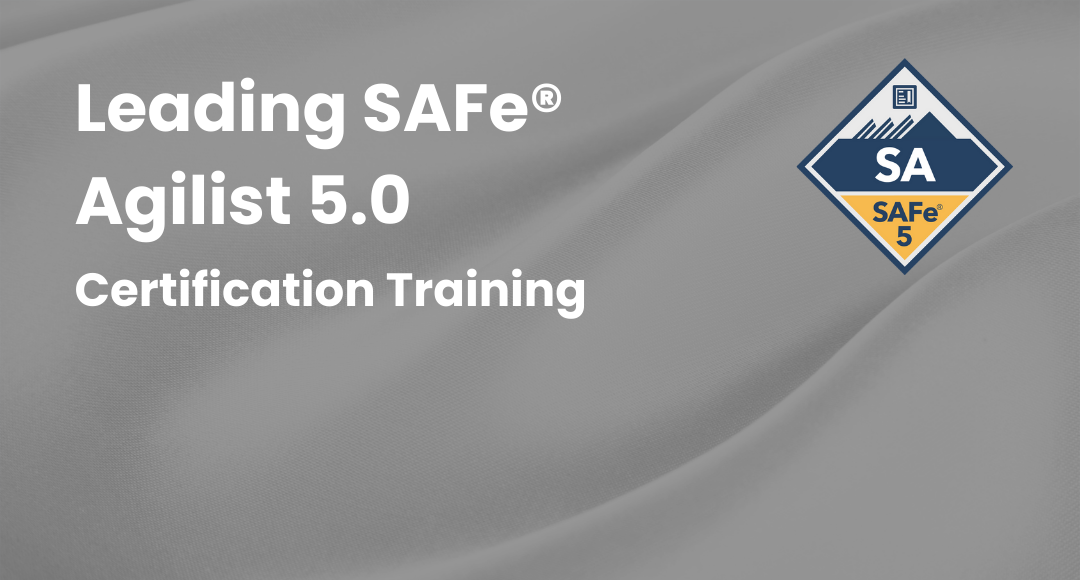
+Certification+Training.png)
